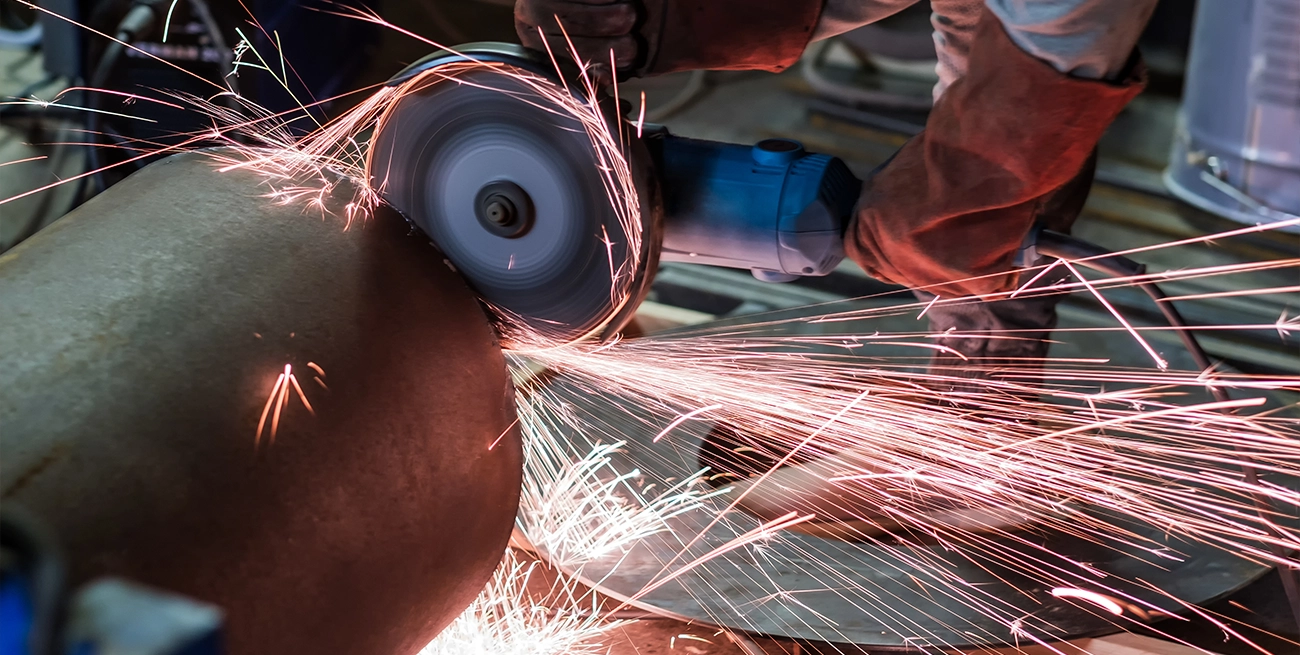Diagnosing Uneven Cuts: Common Causes and Solutions

Uneven cuts in industrial machining can lead to product defects, increased waste, and higher operational costs. Identifying the root causes and implementing effective solutions is essential for maintaining precision and efficiency in manufacturing processes.
1. Tool Wear and Damage
Worn or damaged tools are a primary cause of uneven cuts. Over time, cutting edges can dull, leading to increased cutting forces and poor surface finishes. Regular inspection and timely replacement of tools are crucial to prevent such issues.
2. Improper Cutting Parameters
Incorrect settings for speed, feed rate, and depth of cut can result in uneven material removal. Excessive speeds may cause tool overheating, while low speeds can lead to built-up edges. Adjusting these parameters based on material and tool specifications is vital.
3. Machine Vibration and Instability
Vibrations during machining can cause chatter marks and dimensional inaccuracies. Ensuring machine stability through proper maintenance, secure workpiece clamping, and appropriate tool selection helps minimize vibrations.
4. Inadequate Cooling and Lubrication
Insufficient cooling can lead to thermal expansion of the workpiece and tool, affecting cut accuracy. Utilizing appropriate cutting fluids and ensuring adequate coolant flow can mitigate heat-related issues.
5. Tool Deflection
Long or slender tools may deflect under cutting forces, leading to tapered or uneven cuts. Using shorter tools, increasing tool diameter, and optimizing cutting parameters can reduce deflection.
6. Material Inconsistencies
Variations in material properties, such as hardness or composition, can affect cutting behavior. Conducting material inspections and sourcing from reliable suppliers can help maintain consistency.
7. Improper Tool Alignment
Misaligned tools can cause uneven engagement with the workpiece, resulting in irregular cuts. Regularly checking and adjusting tool alignment ensures accurate machining.
8. Inadequate Workpiece Clamping
Loose or improperly clamped workpieces can shift during machining, leading to uneven cuts. Utilizing appropriate fixturing and clamping techniques secures the workpiece effectively.
9. Programming Errors
In CNC machining, errors in programming can cause incorrect tool paths, leading to uneven cuts. Verifying programs and conducting dry runs can identify and rectify such issues.
10. Environmental Factors
Temperature fluctuations in the machining environment can cause material expansion or contraction, affecting cut accuracy. Maintaining a controlled environment helps ensure consistent results.
Enhancing Cutting Precision
Achieving precise cuts requires a combination of proper tool maintenance, accurate machine settings, stable environmental conditions, and thorough planning. By addressing the common causes of uneven cuts, manufacturers can improve product quality and operational efficiency.
Keep It Sharp!
Regular maintenance, vigilant monitoring, and continuous improvement are key to preventing uneven cuts. Stay proactive in identifying issues, and your cutting processes will remain smooth and precise.


